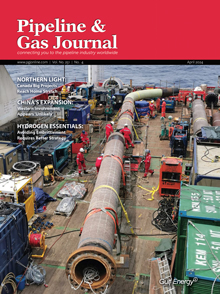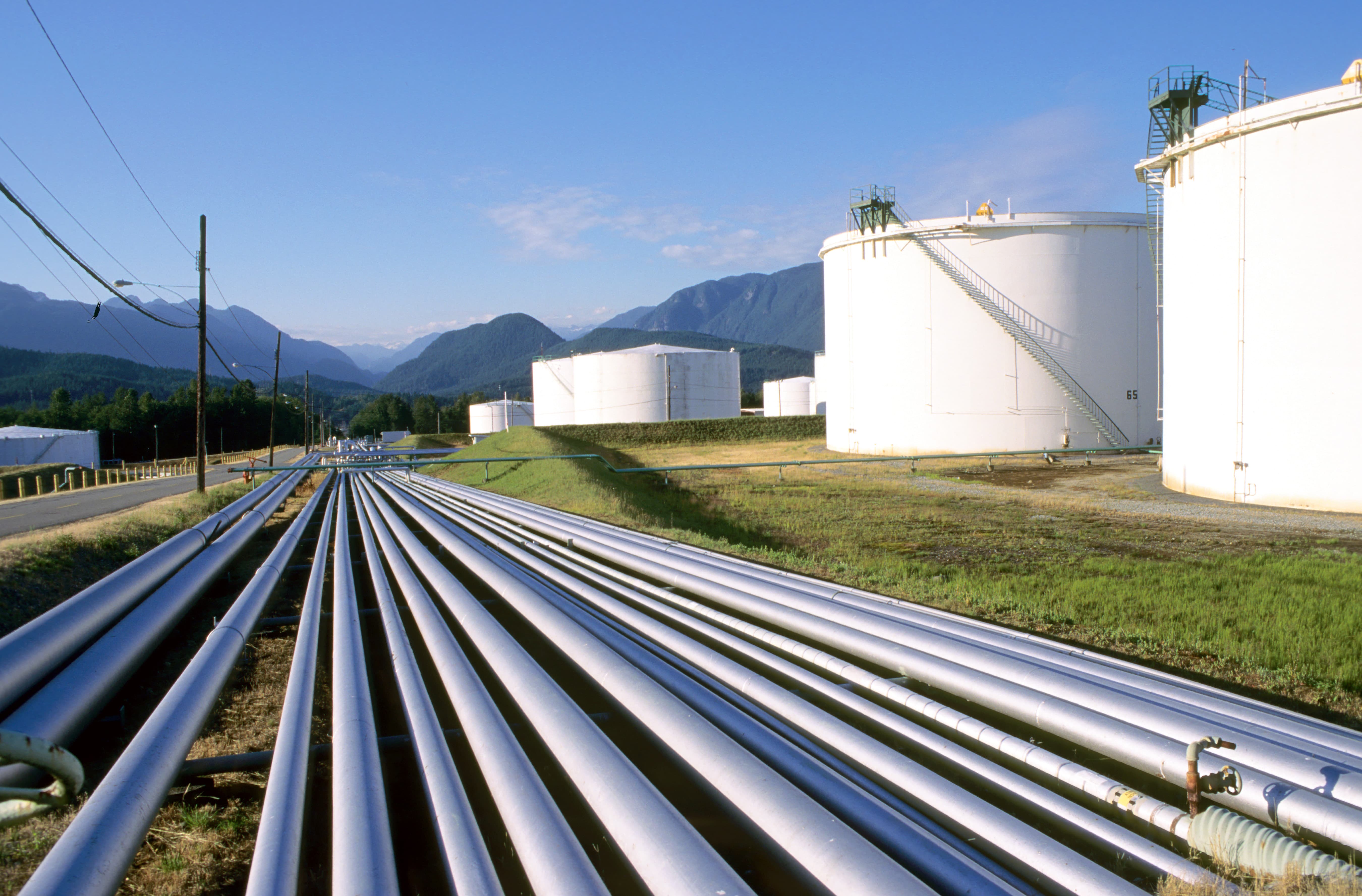US Energy Firm Payouts to Oil Investors Top Exploration Spending for First Time
(Reuters) — Top U.S. energy companies last year paid out more of their earnings to shareholders than they invested in new oil and gas fields for the first time, according to a report released on Tuesday.
The outlook for stronger energy prices has not changed the focus on investor returns from the U.S. industry, according to the report's authors, Ernst & Young LLP. U.S. energy companies have been focused on regaining favor with investors after years of overspending on production growth hurt returns and put them in the doghouse.
The returns focus has lifted the energy sector to about 4.5% of the S&P 500's market valuation, a doubling of its weighting since 2020, but well below its 8% average.
Spending on dividends and share buybacks by the top 50 U.S. independent oil and gas producers hit $58.8 billion last year, topping the $55.1 billion allocated to exploration and development, according to the EY research.
Combined profits of the group, which includes shale stars such as DiamondBack Energy, Pioneer Natural Resources, and ConocoPhillips, topped $333 billion last year, a third more than the $217 billion in 2014, when U.S. spot oil prices averaged $93 per barrel.
Last year's investor payouts were up substantially - 214% over 2021 and more than sevenfold over 2020 levels, the report said. Money spent on finding and tapping oil and gas also rose, but as a much slower pace.
"We expect this will continue even in a high interest rate environment or a high oil price environment," said Bruce On, a principal in EY's strategy and transactions group. One new outlet for the cash is acquisitions, which have risen this year and could continue next, he said.
Returns benefited from strong oil and gas pricing and a cost-consciousness that emerged after energy prices collapsed three years ago. Profit per barrel last year hit $32 compared to about $10 in 2014, when energy prices were about the same level as today, EY said.
Energy's market weight as a percentage of the S&P 500 remains below its historical average of about 8% even after doubling from three years ago.
Related News
Related News

- Keystone Oil Pipeline Resumes Operations After Temporary Shutdown
- Freeport LNG Plant Runs Near Zero Consumption for Fifth Day
- Biden Administration Buys Oil for Emergency Reserve Above Target Price
- Mexico Seizes Air Liquide's Hydrogen Plant at Pemex Refinery
- Enbridge to Invest $500 Million in Pipeline Assets, Including Expansion of 850-Mile Gray Oak Pipeline





Comments